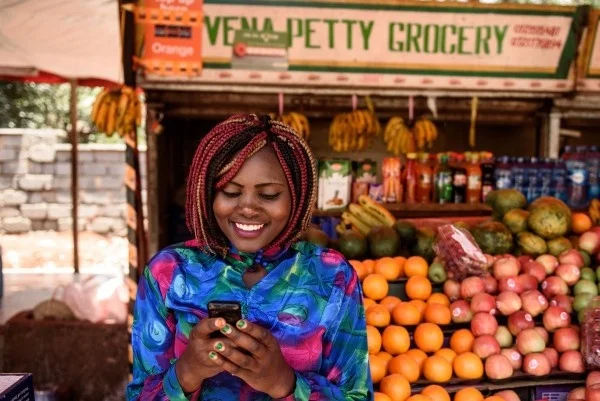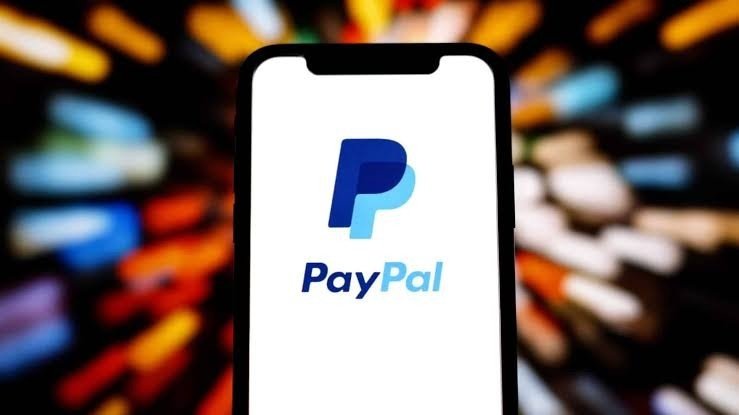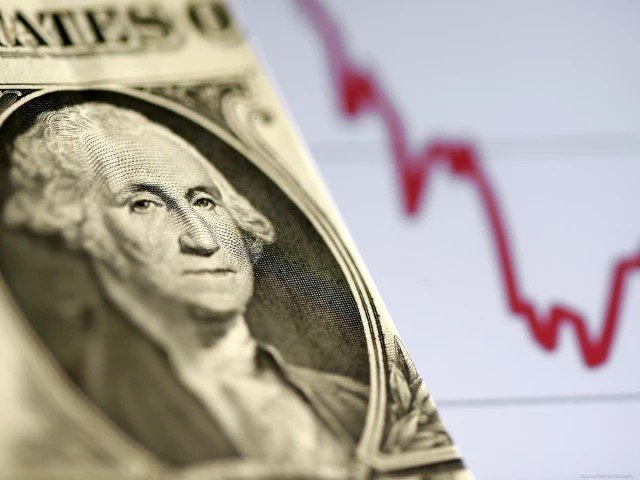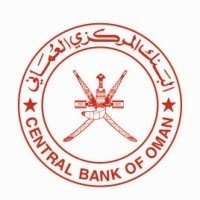Africa’s financial sector is rapidly evolving through mobile money and digital banking, with interoperable instant payment systems driving inclusion and regional trade. Platforms such as Ghana’s GhIPSS, Nigeria’s NIBSS, and Kenya’s M-Pesa highlight strong adoption, processing billions in transactions and integrating banks with mobile operators.
The World Bank reports that 350 million adults in sub-Saharan Africa remain unbanked, though mobile money has narrowed the gap, with 44% of adults holding an account in 2024. National platforms are expanding, with Sierra Leone, Comoros, Somalia, and Algeria recently joining the push for interoperability.
These systems also advance the African Continental Free Trade Area (AfCFTA). The Pan-African Payment and Settlement System (PAPSS) allows central banks and financial institutions to settle cross-border payments in local currencies, cutting costs and boosting trade. Mobile money transactions hit $190 billion in 2023, 4.5% of regional GDP.
However, challenges persist. Rural connectivity gaps, cybersecurity threats, and fragmented regulations hinder progress. Experts argue that stronger infrastructure, harmonized regulation, and digital finance training are essential to fully unlock opportunities. With smartphone penetration expected to reach 87% by 2030, Africa could fast-track financial inclusion and an integrated digital economy.















